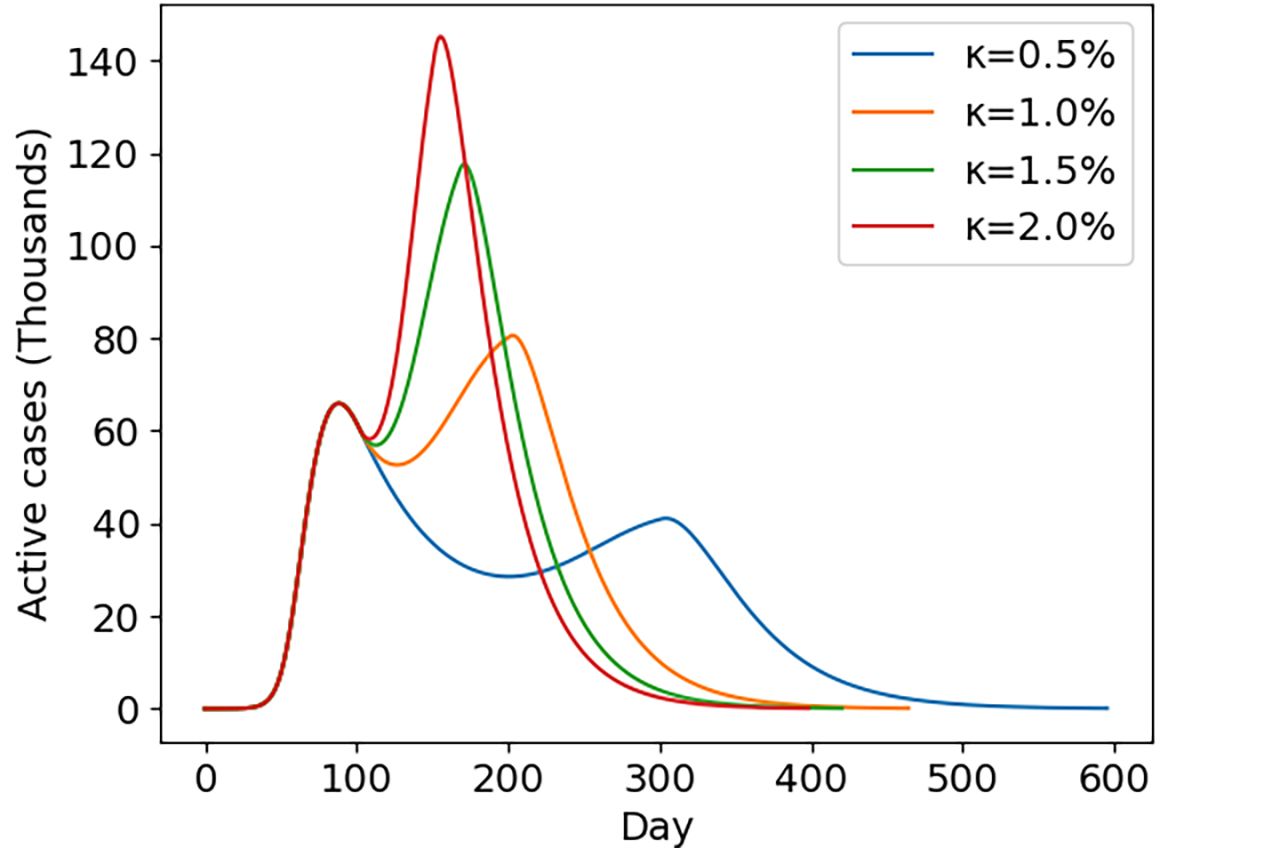Computer Science Professor Examines How Easing Restrictions Impacts COVID-19 Spread

In order to control the spread of COVID-19 as a part of any plan to ease shelter-in-place and business lockdown restrictions, the economic and societal reopening must be done at a cautious pace, according to research conducted by an Illinois Institute of Technology professor.
Sanjiv Kapoor, professor of computer science, earned a grant from the National Science Foundation to examine how easing shelter-in-place and business restrictions will affect the spread of COVID-19 cases in Illinois and New York state. The models that Kapoor developed study methods determining the tradeoffs between the timing of removing these restrictions and increases in infection rates.
“Modeling the spread of the pandemic is a challenging task, as the spread of the infection is dependent on human contacts, general susceptibility, personal protective equipment measures, and other behavior,” Kapoor says. “Using the current data, we attempt to determine the rate of easing of restrictions so that active infections are contained.”
The study compares infection rates whether restrictions are lifted on equal batches of the population or at a steady rate of release. Results show dramatic spikes in infection rates in both states if restrictions are lifted in a matter of weeks from the peak of new cases, if too many people are released at a time, or if the daily rate of population release exceeds 1 percent after peak.
“This reinforces and quantifies the belief that removal of restrictions must be slow,” Kapoor says. “Is that a surprise? Maybe to many who might have foreseen a quicker release from shelter-in-place, though the general scientific advice is to be extremely careful.”
The results were derived using Susceptible, Infectious, or Recovered (SIR) and Susceptible, Exposed, Infectious, or Recovered (SEIR) epidemiological models with support by Ph.D. students Yi Zhang and Mohit Hota. The models account for the impact of social distancing.
Kapoor says models have been developed for all 50 states, and he is currently working on a travel network model to see how population mobility could affect infection rates.
“We are planning to investigate the impact of travel network restrictions on reducing the spread of the virus, as well other factors that include vaccination—unfortunately data is not available on that—as well as contact networks,” Kapoor says. “Mobility within local populations is also important.”
The current project grew from an initial network model of pandemic spread with results based on travel restrictions. Kapoor and his research team earned an NSF grant to build on that research as well, allowing the team to build different models of pandemic spread.
“We plan to devote the next year to the study of the factors that are considered important to the spread of the disease, which could potentially be of use in the current and future pandemics,” Kapoor says.
Note: The opinions, findings, and conclusions or recommendations expressed are those of the researcher(s) and do not necessarily reflect the views of the National Science Foundation.
Photo: This graph shows how infection rates of COVID-19 in Illinois can be expected to spike if shelter-in-place restrictions are eased before the peak of active infections is reached (provided).




